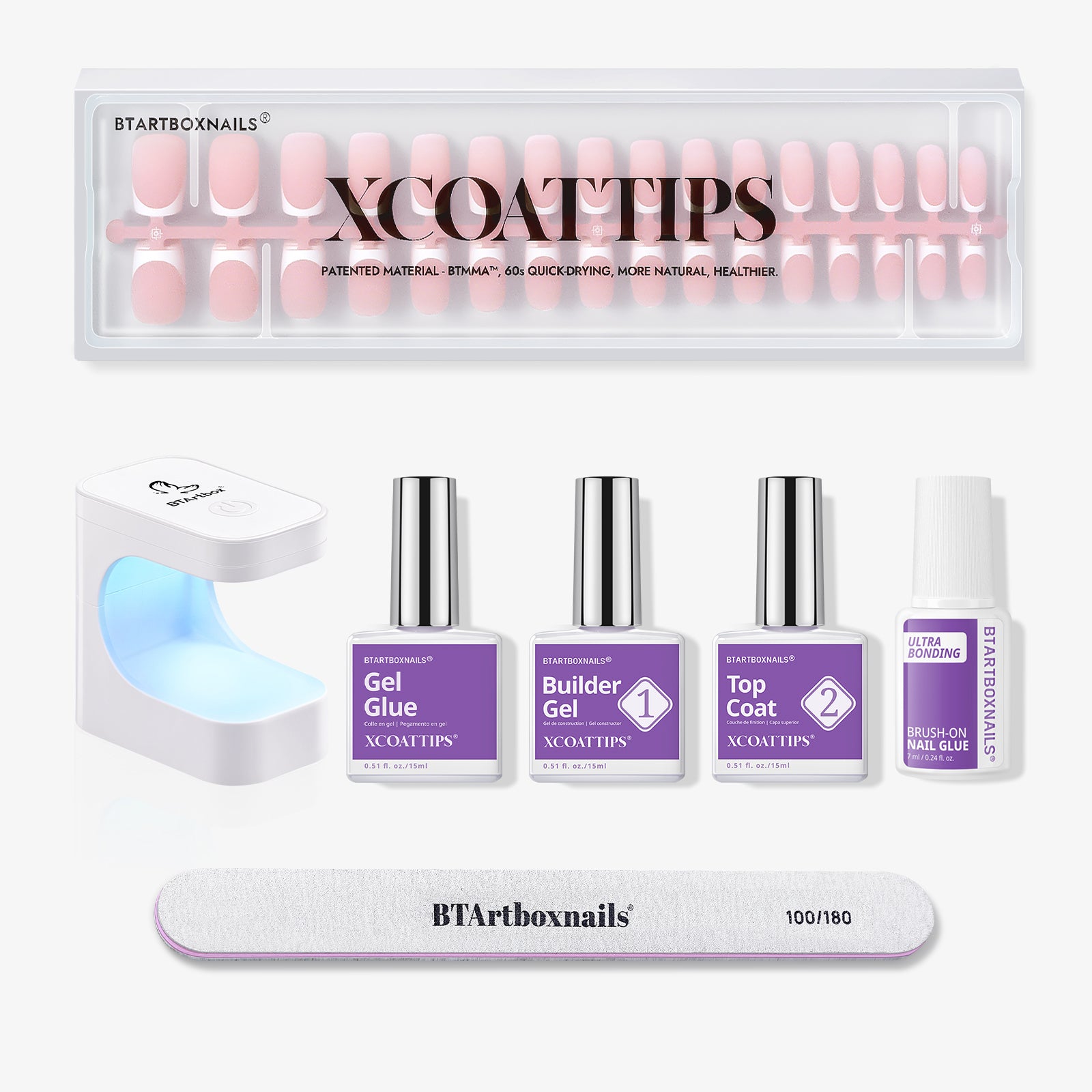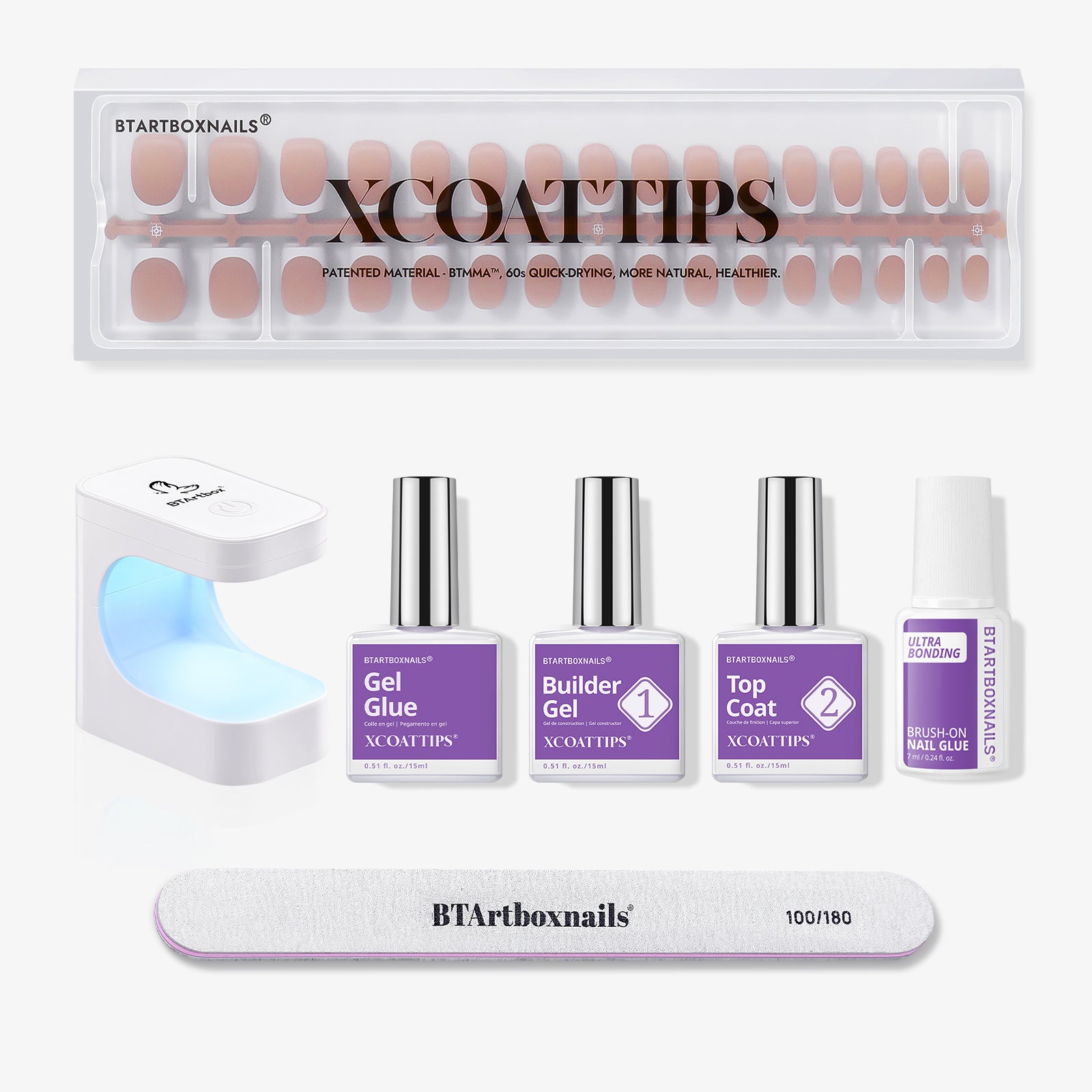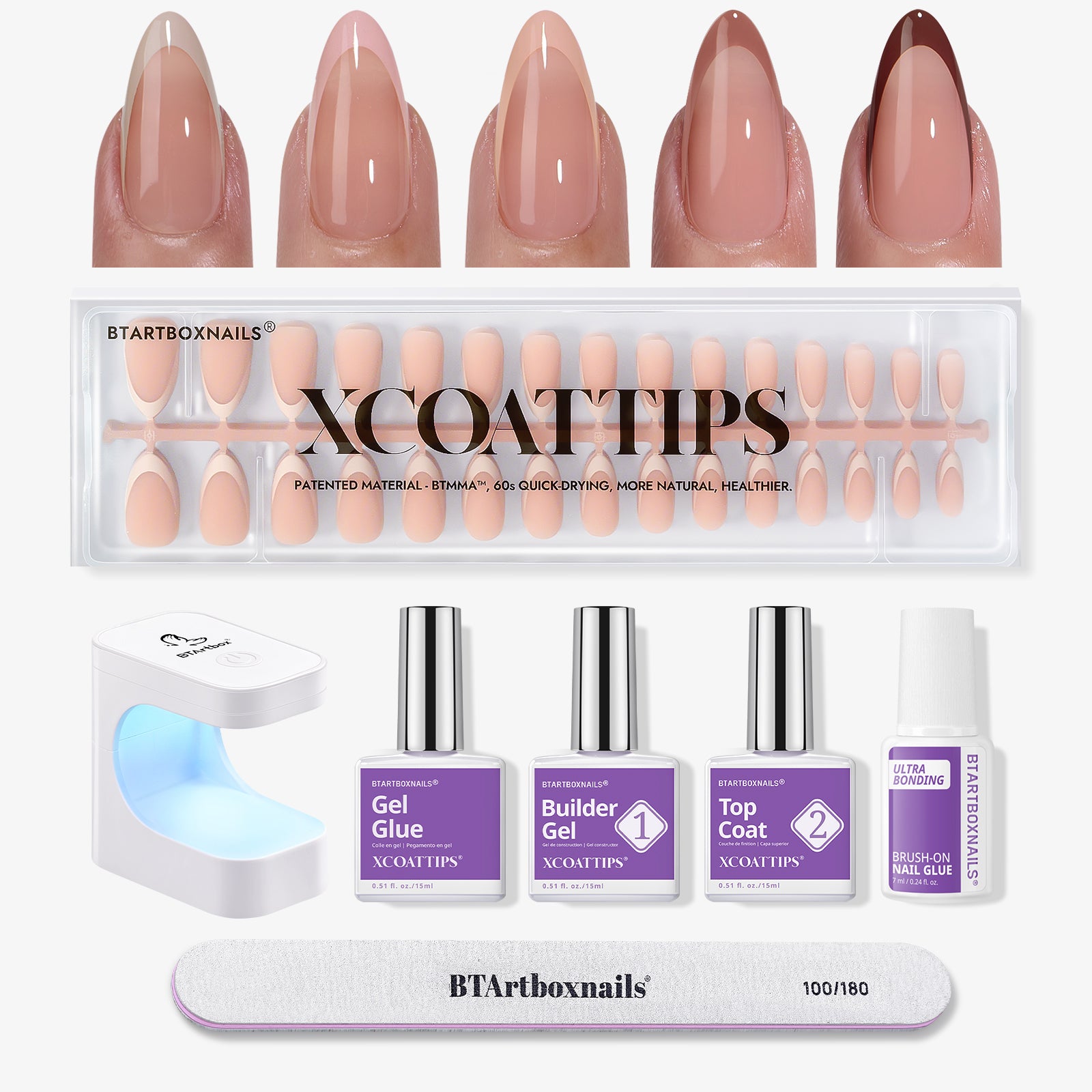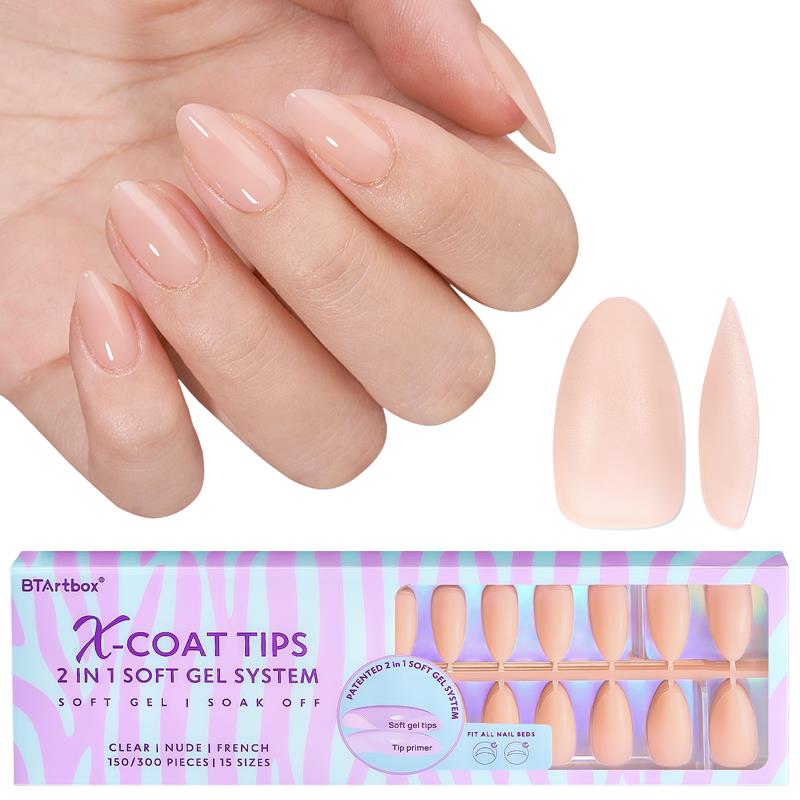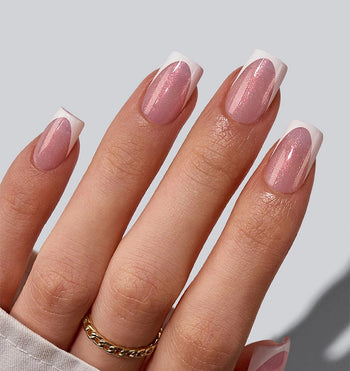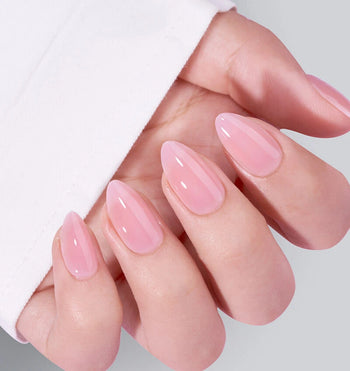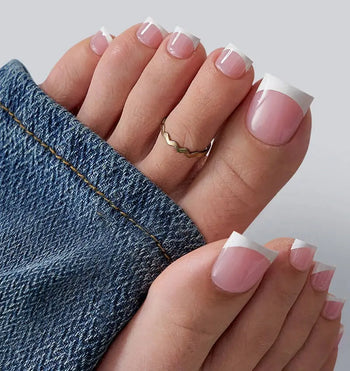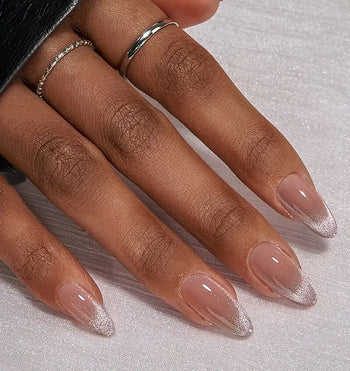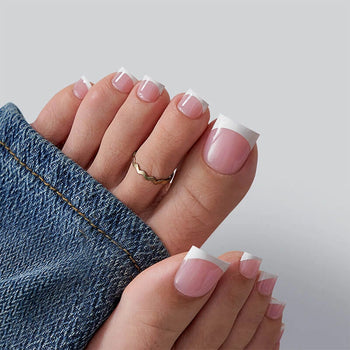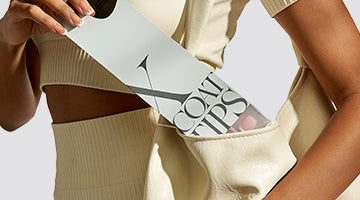Artificial nails have become increasingly popular over the years, and for good reason. They can add length, strength, and a polished look to your nails. However, once you're ready to remove them, it's important to do so safely to avoid damaging your natural nails. Knowing how to remove artificial nails can save you time and money, and also prevent potential nail damage.
There are several methods to remove artificial nails, such as soaking them in acetone or using a nail drill. However, it's important to choose a method that works best for you and your nails. For instance, if you have sensitive skin or weak nails, you may want to avoid using harsh chemicals like acetone. On the other hand, if you have strong nails and are short on time, using acetone may be the quickest and most effective method.
In this article, we will explore some of the most popular and effective methods for removing artificial nails, so you can choose the one that works best for you.
Understanding Acrylic Nails

Acrylic nails are one of the most popular types of artificial nails. They are made by mixing a liquid and a powder to form a paste that is applied to the natural nails. The paste hardens when exposed to air, creating a durable and long-lasting layer on top of the natural nails.
Types of Artificial Nails
There are several types of artificial nails, including gel nails, extensions, and fake nails. Gel nails are similar to acrylic nails, but they are made with a different type of gel that is cured under a UV light. Extensions are used to lengthen the natural nails, while fake nails are pre-made nails that can be glued onto the natural nails.
Benefits and Drawbacks
Acrylic nails have several benefits. They are durable, long-lasting, and can be customized in terms of length, shape, and color. They are also relatively affordable and can be done at home or at a salon.
However, acrylic nails can also have drawbacks. They can damage the natural nails if not applied or removed properly. They can also cause nail infections if not maintained properly.
It is important to take care of your natural nails when wearing acrylic nails. This includes keeping the nails clean and dry, avoiding harsh chemicals and excessive water exposure, and not picking or biting the nails.
Tools and Materials Needed for Removal
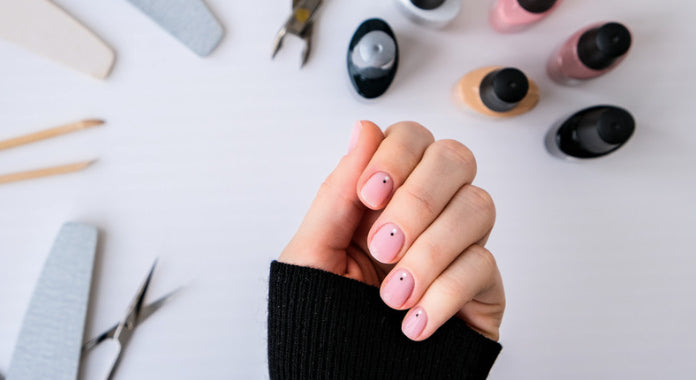
To safely remove artificial nails, you will need a few essential tools and materials.
Here is a list of what you will need:
-
Acetone: This is the key ingredient that dissolves the adhesive used to attach the artificial nails to your natural nails. You will need at least 70-proof or higher acetone for best results.
-
Nail clippers: These will help you trim down the artificial nails to make the removal process easier and faster.
-
Cotton balls: You will use these to soak up the acetone and apply it to your nails.
-
Aluminum foil: This will be used to wrap around your fingertips to keep the acetone in place while it dissolves the adhesive.
-
Nail files: You will need a fine-grit nail file to gently buff away any remaining residue from the artificial nails.
It is important to have all of these tools and materials on hand before you begin the removal process. This will ensure that you can work efficiently and safely, without having to stop and search for missing items.
One thing to keep in mind is that acetone can be harsh on your skin and nails, so it is a good idea to protect your skin from its drying effects. You can do this by rubbing petroleum jelly or oil generously around your nails before applying the acetone.
Check Btartbox Nail Tools.
How to Remove Acrylic Nails
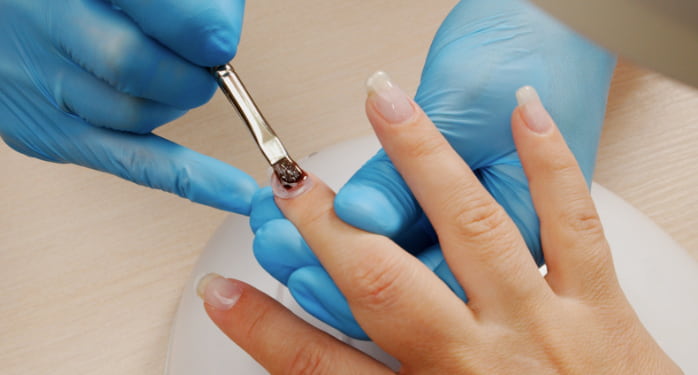
Removing acrylic nails at home can be a bit tricky, but with the right tools and precautions, it can be done safely. Here's a step-by-step guide to help you remove your acrylic nails at home:
-
Gather your supplies: You'll need 100% pure acetone, cotton balls, aluminum foil, a nail file, and a cuticle pusher.
-
File the top layer of your acrylic nails: Use a nail file to gently file the top layer of your acrylic nails. This will help the acetone penetrate the nails more easily.
-
Soak your nails in acetone: Pour the 100% pure acetone into a bowl and soak your nails in it for 20-30 minutes. You can also wrap each nail in a cotton ball soaked in acetone and then wrap them in aluminum foil to keep the acetone from evaporating.
-
Check your nails: After 20-30 minutes, check your nails to see if the acrylic is starting to lift. If it is, use a cuticle pusher to gently scrape off the acrylic. If it's not, soak your nails for another 10-15 minutes and check again.
-
Wash your hands: Once you've removed all the acrylic, wash your hands thoroughly with soap and water to remove any remaining acetone.
-
Moisturize your nails: After washing your hands, apply a moisturizing lotion or oil to your nails to keep them hydrated.
Remember to take precautions when working with acetone. It can be harsh on your skin and nails, so be sure to work in a well-ventilated area and avoid getting acetone on your skin or in your eyes. If you experience any irritation or discomfort, stop the process immediately and seek medical attention if necessary.
How to Remove Gel Nails
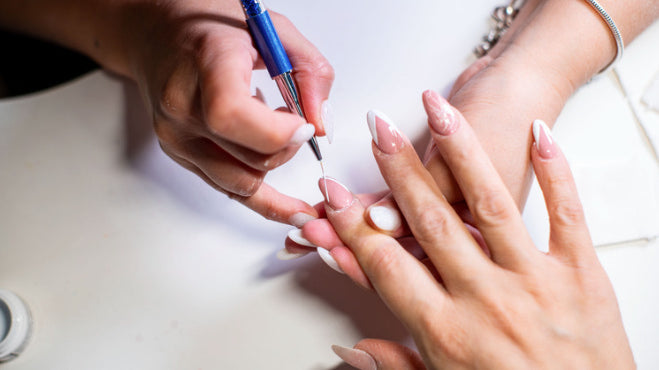
If you are looking for a way to remove your gel nails, you have come to the right place. Here are some steps you can take to remove your gel nails safely and effectively.
1. Start by filing the top layer of your gel nails using a nail file. This will help break the seal and make it easier for the acetone to penetrate the gel.
2. Soak a cotton ball in acetone and place it on top of your nail, making sure it covers the entire nail. Secure the cotton ball in place using aluminum foil.
3. Leave the cotton ball and aluminum foil on your nails for about 10-15 minutes. This will give the acetone enough time to dissolve the gel.
4. After 10-15 minutes, remove the aluminum foil and cotton ball. You should be able to see that the gel has started to lift off your nail.
5.Use a cuticle pusher to gently push the gel off your nail. Be careful not to scrape too hard, as this can damage your natural nail.
6.If there is still some gel left on your nail, repeat the process until all the gel has been removed.
How to Remove Dip Powder Nails
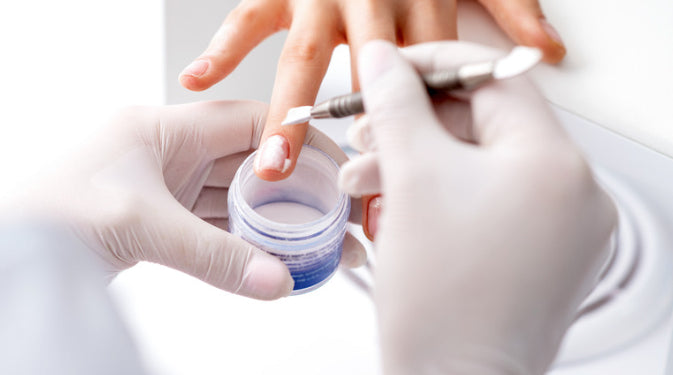
Dip powder nails are a popular type of artificial nails that can be removed at home with a few simple steps. Here's how to remove dip powder nails safely and effectively:
1. File Down the Top Layer of Dip Powder
Similar to gel and acrylic DIY removal, the first step in removing dip powder is to file down the top layer of the nail. This will allow the acetone to penetrate and dissolve the powder more effectively. Use a nail file or emery board and buff in a back-and-forth, then side-to-side motion.
2. Soak Your Nails in Acetone
The next step is to soak your nails in acetone to dissolve the dip powder. Pour enough acetone into a bowl to cover your nails and soak for 10-15 minutes. You can also use acetone-soaked cotton balls and wrap your nails in foil to keep them in place.
3. Gently Buff Your Nails
After soaking, use a gentle buffing motion to remove any remaining dip powder. Be careful not to buff too hard or you may damage your natural nails.
4. Moisturize Your Nails
After removing the dip powder, it's important to moisturize your nails and cuticles to prevent them from becoming dry and brittle. Use a cuticle oil or moisturizing lotion to keep your nails healthy and strong.
Tips to Minimize Damage During Nail Removal
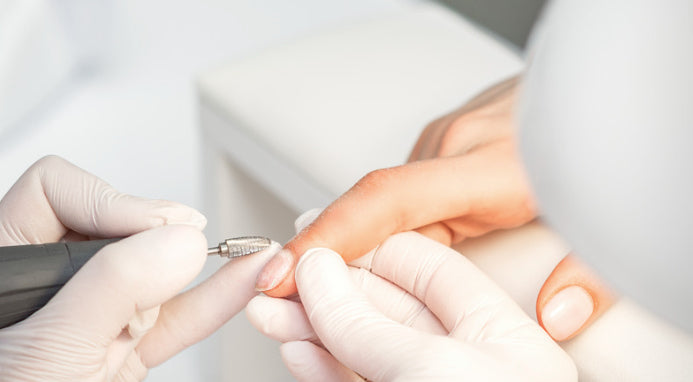
Removing artificial nails can be a tricky process that can cause damage to your natural nails if not done correctly. Here are some tips to minimize damage during nail removal:
-
Be gentle: When removing artificial nails, it's important to be gentle with your natural nails. Avoid excessive scraping or peeling, as this can cause damage to the nail bed and lead to painful, unsightly results.
-
Use a gentle nail polish remover: Choose a gentle nail polish remover that is free of harsh chemicals such as acetone. This will help to minimize damage to your natural nails and keep them looking healthy.
-
Soak your nails: Soaking your nails in warm water or a gentle nail polish remover can help to soften the artificial nails, making them easier to remove. This will also help to minimize damage to your natural nails.
-
Use a cuticle pusher: A cuticle pusher can be used to gently push the artificial nails away from the natural nail bed. This will help to minimize damage to your natural nails and make the removal process easier.
-
Be patient: Removing artificial nails can take time and patience. Rushing the process can lead to damage to your natural nails. Take your time and be gentle with your nails to ensure the best possible results.
Common Mistakes to Avoid When Removing Artificial Nails
Removing artificial nails is a process that requires patience and care. It is important to avoid common mistakes that can lead to damage to your natural nails. Here are some common mistakes to avoid when removing artificial nails:
1. Peeling off the artificial nails
One of the most common mistakes people make when removing artificial nails is peeling them off. This can cause damage to your natural nails and leave them weak and brittle. It is important to resist the temptation to peel off the artificial nails, even if they are starting to lift. Instead, follow the proper removal process to avoid damaging your natural nails.
2. Using improper tools
Using improper tools to remove artificial nails can also lead to damage. For example, using scissors or other sharp objects to pry off the artificial nails can cause cuts and scrapes to your fingers and damage to your natural nails. It is important to use the proper tools, such as a cuticle pusher or an orange stick, to remove the artificial nails safely.
3. Failing to prepare properly
Preparing your nails properly before removing artificial nails is essential to avoid damage. Failing to prepare your nails can result in the artificial nails being difficult to remove, which can lead to damage to your natural nails. It is important to trim the artificial nails down as much as possible and to apply petroleum jelly or oil around your nails to protect your skin from the drying effects of acetone.
4. Rushing the removal process
Rushing the removal process can also lead to damage to your natural nails. It is important to be patient and allow enough time for the artificial nails to soak in acetone. Rushing the process can result in the artificial nails being difficult to remove and can cause damage to your natural nails.
5. Not moisturizing after removal
After removing artificial nails, it is important to moisturize your natural nails to prevent them from becoming dry and brittle. Failing to moisturize can result in your natural nails becoming weak and prone to breaking. Apply a moisturizing cream or oil to your nails after removing artificial nails to keep them healthy and strong.
By avoiding these common mistakes, you can safely remove your artificial nails without damaging your natural nails. Remember to be patient and take your time, and always use the proper tools and techniques to avoid damage.
Conclusion
Removing artificial nails can be a tricky process, but with the right tools and techniques, it can be done safely and effectively at home. Remember to take your time and be gentle to avoid damaging your natural nails.
Start by gathering all the necessary tools, including acetone, cotton balls, aluminum foil, and a nail removal tool or wooden stick. Follow the steps carefully, soaking your nails in acetone for at least 15-20 minutes and using a cuticle pusher or wooden stick to gently remove any excess acrylic or gel.
It's important to prioritize the health of your natural nails, so be sure to take breaks if you feel any discomfort during the process. If you're unsure about any step, consider seeking advice from a professional nail technician.
For more information and products to help with artificial nail removal, check out BTArtboxnails. They are committed to providing a relaxed and elegant manicure experience with less harm to your natural nails. Explore their collections for sexy nails, French nails, classy nails, and fancy nails.
Frequently Asked Questions
How do you take off fake nails at home?
Taking off fake nails at home is a simple process that can be done in a few easy steps. The most common way to remove fake nails at home is to soak them in acetone. You can do this by soaking a cotton ball in acetone and placing it on top of your fake nail. Then, wrap your finger with aluminum foil and let it sit for about 20-30 minutes. After that, you can remove the foil and cotton ball, and the fake nail should come off easily.
How do you remove glued on fake fingernails?
If your fake nails are glued on, you can remove them by soaking them in warm soapy water for about 10-15 minutes. Then, gently pry the nails off with a cuticle pusher or a wooden stick. If the nails are still difficult to remove, you can try soaking them in acetone for a few minutes.
Can hot water remove fake nails?
Hot water alone is not an effective way to remove fake nails. While warm water can help to soften the nails, it is not strong enough to dissolve the glue or acrylic used to attach the nails to your natural nails.
What is the least damaging way to remove fake nails?
The least damaging way to remove fake nails is to soak them in acetone. Acetone is a solvent that can dissolve the glue or acrylic used to attach the fake nails to your natural nails. However, it is important to note that acetone can be drying to your nails and skin, so it is important to moisturize your nails and cuticles after removing the fake nails.
What is the fastest way to take off fake nails?
The fastest way to take off fake nails is to use an electric file or drill to file down the fake nails until they are thin enough to break off. This method can be risky and can damage your natural nails if not done properly, so it is recommended to use caution and seek the help of a professional nail technician if you are not experienced with using an electric file or drill.
